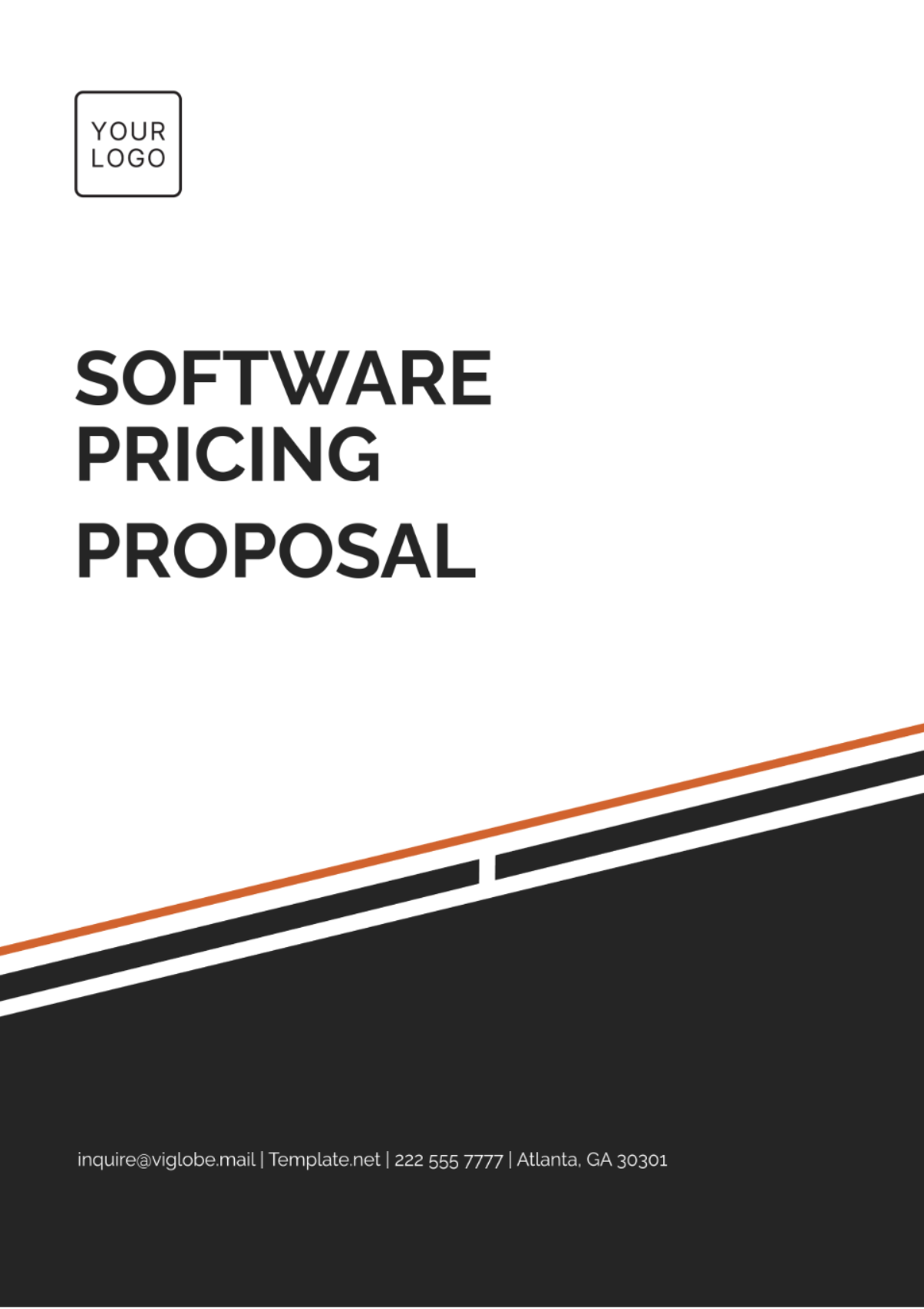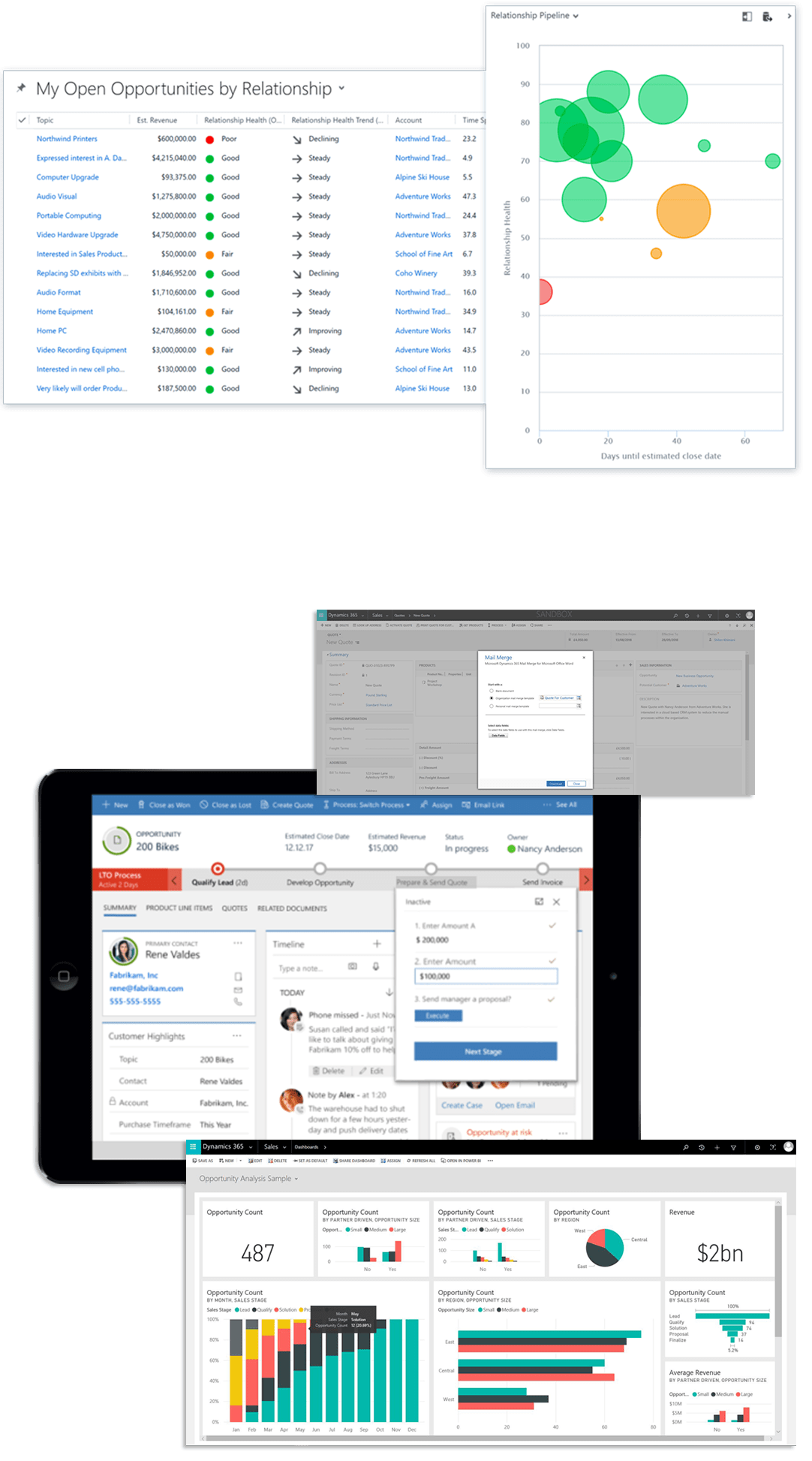How much does it truly cost to manage a remote IoT deployment effectively? A robust management strategy is essential as the Internet of Things continues its rapid expansion. Without proper planning, costs can spiral out of control, affecting the overall return on investment (ROI). As businesses adopt IoT solutions at an accelerating pace, understanding the financial implications becomes critical. Let's delve into how these costs accumulate and explore strategies to mitigate them.
The adoption of IoT technology spans across various industries, from agriculture to manufacturing, enhancing operational efficiency and driving innovation. However, the costs associated with managing and maintaining networks of sensors, modems, and other connected devices can escalate without a strategic approach. The need for a comprehensive management plan that provides scalability, security, and cost-effectiveness cannot be overstated. By implementing a well-structured management strategy, organizations can optimize their IoT deployments and achieve better ROI.
| Personal Information | Details |
|---|---|
| Name | John Doe |
| Date of Birth | January 1, 1980 |
| Place of Birth | New York City, USA |
| Education | Bachelor’s Degree in Computer Science |
| Career | IoT Specialist at Digi International |
| Professional Experience | 15+ years in IoT and network management |
| Reference | Digi International Website |
EchoStar Mobile, in collaboration with Murata and Kyocera AVX, has introduced a groundbreaking IoT connectivity product tailored for European and North American markets. These components offer a compact hardware footprint with enhanced connectivity, power efficiency, and competitive pricing. The innovative solution addresses the growing demand for efficient and scalable IoT deployments, providing businesses with the tools necessary to manage their connected devices effectively.
Among the various platforms available, selecting the best remote IoT platform for Raspberry Pi requires careful consideration. Costs vary based on factors such as licensing fees, data storage, and support services. Some platforms offer flexible, pay-as-you-go pricing models, eliminating the need for long-term contracts or hidden fees. Soracom, for instance, enables users to remotely access IoT devices from anywhere, reducing the necessity for field maintenance and lowering operational expenses.
In the realm of smart farming, remote IoT water monitoring with cellular technology is revolutionizing agricultural practices. Farmers can now monitor and manage water resources more efficiently, optimizing irrigation systems and conserving water. However, challenges such as fluctuating billing rates and lack of transparency in pricing structures have posed concerns. Addressing these issues through transparent and predictable pricing models ensures that farmers can rely on IoT solutions to enhance their operations sustainably.
Remote.it offers a range of pricing plans catering to personal, professional, business, and enterprise needs. The personal plan remains free, while paid plans provide features like unlimited devices, organization management, SAML integration, and auditing capabilities. Businesses seeking scalable solutions can benefit from Remote.it's flexible pricing structure, allowing them to adapt to their evolving requirements without incurring unexpected costs.
Enhancing the IoT experience involves leveraging secure and reliable solutions like RemoteIoT VPC for Raspberry Pi devices. As Raspberry Pi gains prominence as a cost-effective and versatile tool, the demand for secure remote management grows. RemoteIoT VPC addresses this need by offering a dependable platform for managing Raspberry Pi devices remotely, ensuring data security and operational efficiency.
Understanding the intricacies of remote IoT device management is crucial for organizations aiming to maximize their ROI. By adopting a strategic approach that considers factors such as scalability, security, and cost-effectiveness, businesses can harness the full potential of IoT technology. As the IoT landscape continues to evolve, staying informed about the latest advancements and pricing models will enable organizations to make informed decisions and achieve successful IoT deployments.
The complexity of IoT management extends beyond mere device connectivity. It encompasses data analytics, cybersecurity, and interoperability, requiring a holistic view to ensure seamless operations. Organizations must evaluate their specific needs and select platforms that align with their objectives. By doing so, they can avoid unnecessary expenses and focus on delivering value through their IoT initiatives.
As IoT technology becomes increasingly integral to modern business operations, the importance of effective management strategies cannot be overlooked. Companies that invest in comprehensive management solutions position themselves for success in an ever-changing digital landscape. By embracing innovative technologies and partnering with reputable providers, businesses can navigate the complexities of IoT management and achieve optimal results.
In conclusion, the ROI of remote IoT device management hinges on a well-planned strategy that balances cost, functionality, and scalability. Organizations that prioritize these elements will be better equipped to leverage IoT technology for transformative growth and sustainable success. As the industry continues to advance, staying ahead of trends and adapting to new developments will remain key to realizing the full potential of IoT deployments.




